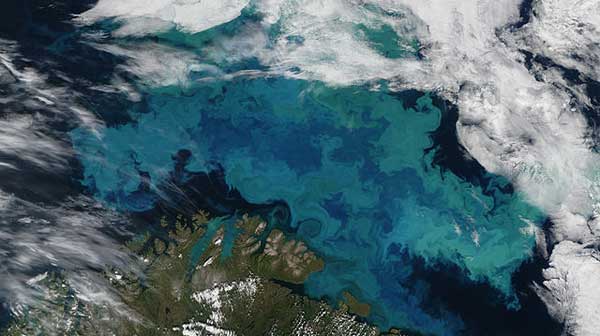
Nicole Goebel measures tiny ocean plant life for a big reason. A research scientist at the University of California–Santa Cruz, she is investigating the connection between the diversity of the microscopic marine phytoplankton community and its ability to turn carbon dioxide into organic material through photosynthesis. The research has implications for climate-driven changes in the ocean ecosystem.
“Phytoplankton not only support the ocean food web but also are responsible for half the oxygen we breathe,” Goebel says. “The problem is that phytoplankton are very challenging to measure—they are tiny and dynamic, and the ocean is big and variable.”
If the research she proposes wins a competition called the PacX Challenge, designed to promote innovative applications of ocean data, she will receive a $50,000 research grant and six months’ use of a Wave Glider, a data-collecting, unmanned ocean vehicle that operates on the energy of the sun and wave action. Liquid Robotics, maker of the glider, is sponsoring the competition. The winner will be announced September 24.
If implemented, Goebel’s research would use the Wave Glider’s highly resolved measurements—information that shows minute changes—to estimate more accurately the ocean’s phytoplankton biomass.


